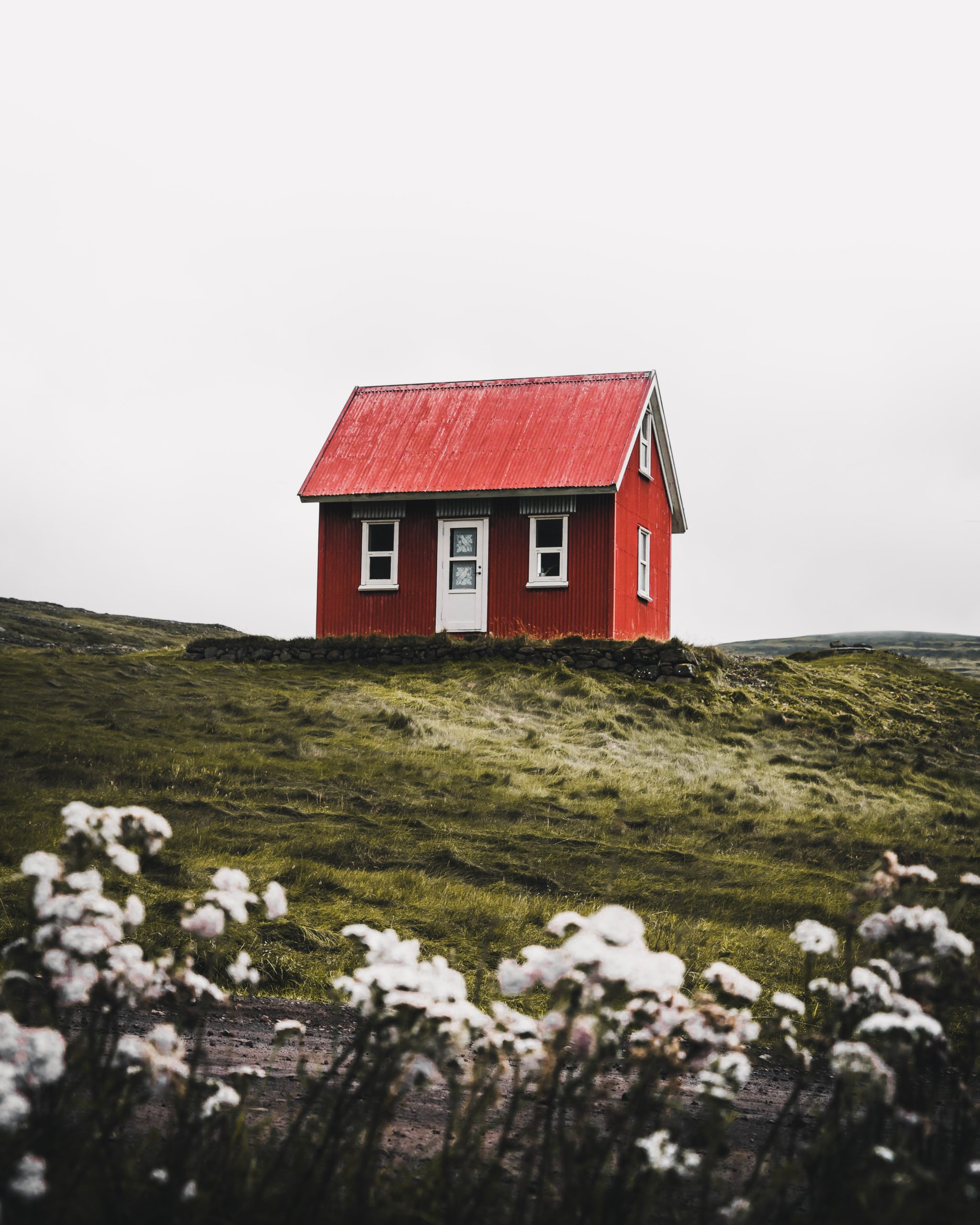
9 Tips for Elderly Safety at Home
A home is a place where one should feel safe and at ease. Maintaining this environment becomes increasingly difficult as we get older. Places that used to be so familiar and comforting could become dangerous with time. This could be due to mobility-related issues, inability to keep balance, changes in vision, and other problems that emerge as we age. Luckily, there are ways to keep ourselves and our loved ones protected and ensure elderly safety. Below, you will find 9 tips on elderly safety at home that will make the day-to-day life of seniors much easier.
1. Consider a paid caregiver
Being able to feel safe at home is immensely important, especially to those who are older. To make this possible, we have to take into account numerous elderly safety issues that can be difficult to spot. One obvious way to avoid this is to have a caregiver at home, a person who is a trained professional and can aid seniors in their everyday activities while ensuring their well-being. However, this is not an option for many of us. So, ensuring elderly safety at home can become the responsibility of relatives and other loved ones.
2. Small changes can make a big difference
Seniors who live independently have to overcome challenges that arise because of medical or psychological issues. They become unable to perform the most simple acts such as taking care of their plants and pets.
There are several ways to ensure a safe environment for the elderly and it is not always expensive or complicated (like installing stairlifts or getting individually-made mobility baths can be). Instead, it can be something as simple as making sure that the lighting is appropriate for your loved one’s vision, or keeping the house clean and decluttered. This guide will help you understand how you can make your loved one’s home into a safe space.
3. Be careful what you change about your home
Kathy Lawrence, the editor of When They Get Older, claims one has to take into account all the different challenges that elderly people face before making any changes. As an example, one could remodel the house or even a single room to assist a parent with mobility issues, but this could create a huge new challenge for the second parent who has dementia. You must analyze each person’s needs carefully and make sure that everyone is comfortable with these changes. This guide will try to describe the different challenges that each room in a house may present and teach you how to overcome them so that you can be confident about elderly safety in your home.
4. Install safety bed rails
One of the major pieces of equipment you may need to ensure elderly safety is bed rails. Thankfully, there are numerous types of bed rails available, each catering to the different needs of the elderly person. All of them will support the user in getting out of bed, as well as making sure they don’t fall.
For individual needs, you could research various options with increasing levels of comfort. This can range from size adjustments, weight limits, or even useful accessories and handles. After you’ve done the research, you will be able to make an informed decision and choose the best bed rails for your elderly loved one. You might consider a hospital bed as well, which can help your senior get in and out of bed. You can consult our blog post about the topic here.
5. Install safety handrails
Safety handrails are an essential utility in every elderly person’s house. They prevent the most common source of accidents that can have an immense impact on elderly safety at home – falls. Falls can lead to severe injuries and complications for older people. They may even have to spend time at the hospital and rehabilitation can take much longer with increasing age. Therefore it is always recommended to install safety handrails to ensure the well-being of your elderly loved ones, especially in high-risk areas, such as bathrooms and kitchens.
By using safety handrails, seniors can maintain their stability and balance better. It is a common addition for staircases and aims to help the person’s balance while climbing or descending the stairs. For elderly people, it is also useful to have handrails as general support. Many seniors have the rails installed in the kitchen and the bathroom so that they can use the spaces independently and safely.
6. Check the arrangement of kitchen appliances
There are certain spaces in the house that play an especially big role in our day-to-day lives – the kitchen is one of them.
If your loved ones enjoy cooking, it can be a place where they have great experiences. However, as they age, the kitchen can also become dangerous. Electrical and gas appliances, as well as sharp objects, demand a careful approach from everyone. Problems with balance, vision, and memory make it necessary for caregivers to ensure the elderly are careful and safe when cooking. Therefore, if you want to make elderly safety at home a priority, you have to take great care when choosing and arranging kitchen appliances.
7. Purchase safety step stools
Let’s talk about tools for more specific uses. There may be spaces or storage units in the house that seniors cannot reach without help. Using chairs and ladders only gets more dangerous as people get older. Therefore, it can be worth looking into a step stool with handles. With these types of step stools, seniors can reach higher items and get back down on the ground much more confidently and without assistance. This is a great way to let seniors stay independent while keeping them safe.
8. Use anti-slip bath mats
The National Institute of Aging (NIA) reports that 1 in every 3 seniors over the age of 65 falls each year and 80% of these falls happen in the bathroom.
We already mentioned the importance of installing safety handrails, but you can never be too careful when dealing with surfaces that are slippery. Bathrooms, similarly to the kitchens, are some of the most hazardous places at home. Seniors have to maintain their balance while getting in and out of tubs, showering, and walking on the slippery floor. It should come as no surprise that you will have to equip your bathroom with the necessary tools to ensure elderly safety. This way, you can keep your loved ones out of the hospital.
The Centers for Disease Control and Prevention report that each year 1.6 million elderly adults need emergency care due to injuries received from a fall, fracture, or head trauma. It’s important that you do not underestimate the importance of a shower mat. If you prioritize elderly safety at your home, then an anti-slip mat should be on your list of essential bathroom items. Seniors have a 25% chance of passing away within a year after breaking a hip, which mostly happens because of a fall. Elderly people are more likely to fall due to their issues with mobility, balance, and eyesight. These issues combined with their increased likelihood to have pre-conditions such as diabetes, thyroid, or heart disease should make anti-slip mats one of the top items on your home safety shopping list.
9. Request a home safety assessment
It could beneficial to request an elderly safety assessment for your home. This process involves the assessment of a person’s home environment with a specific focus on elderly safety. Professionals will attempt to find a “perfect match” between an elderly person’s needs and their environment, which will ensure that hazards are eliminated and injuries are prevented. Professionals will identify the most important aspects, collect data, and file a report with suggestions for improvements to the elderly person/their family. It is always helpful to get a professional opinion and you should definitely look into elderly safety assessment providers.
Elderly safety checklist
Here is a complete elderly safety checklist for your home, divided by rooms.
Bedroom:
- Throw rugs and the carpet
- Clutter and furniture
- Access to a telephone or cellphone
- Lights
- Height of the bed
- Electrical cords
Bathroom:
- Bars available near the tub, shower, and toilet
- Slippery floor and bath mats
- Bathtub height
- Toilet height
- Temperature of bathwater
- Medication storage accessibility
Living room:
- Clutter
- Stability of the furniture
- Height of the lightswitch
- Electrical cords
- Throw rugs
- Uneven floor
- Glare from the windows
Hallway:
- Working smoke alarm and carbon monoxide detector
- Adequate light at night
- Accessible path to the bathroom
Laundry room / Basement:
- Adequate light
- Sturdy handrails for stairways
- The steepness of the steps
- Clutter in the pathways
- Weight of the laundry detergent bottles
- Spilled detergent
Garage:
- Railings on the stairs
- Piled up trash
- Security of power tools and lawn chemicals
Foyer / Front Yard:
- Handrails on the stairs steep
- Cracked or uneven steps
- Icy driveways or walkways
- Adequate lighting at night
- Risk of wandering
- The volume of the doorbell
Conclusion
At this point, you should have a better idea about what you need to take into account while thinking about elderly safety at home. Maintaining an elderly loved one’s home and ensuring that it is the safest possible environment can be a daunting task and requires a lot of specific knowledge. There are multiple care groups with professional caretakers that can assess the house in question and give you tips on making it into a space that poses no danger to your family member’s well-being. If this option is not available to you, we hope that this article will be a comprehensive guide on where to get started.
Resources:
- Making a Home Safe for Older Residents, AgeUK, www.lifeline24.co.uk
- Staying Safe at Home, Lifeline24, www.ageukmobility.co.uk
Related Articles
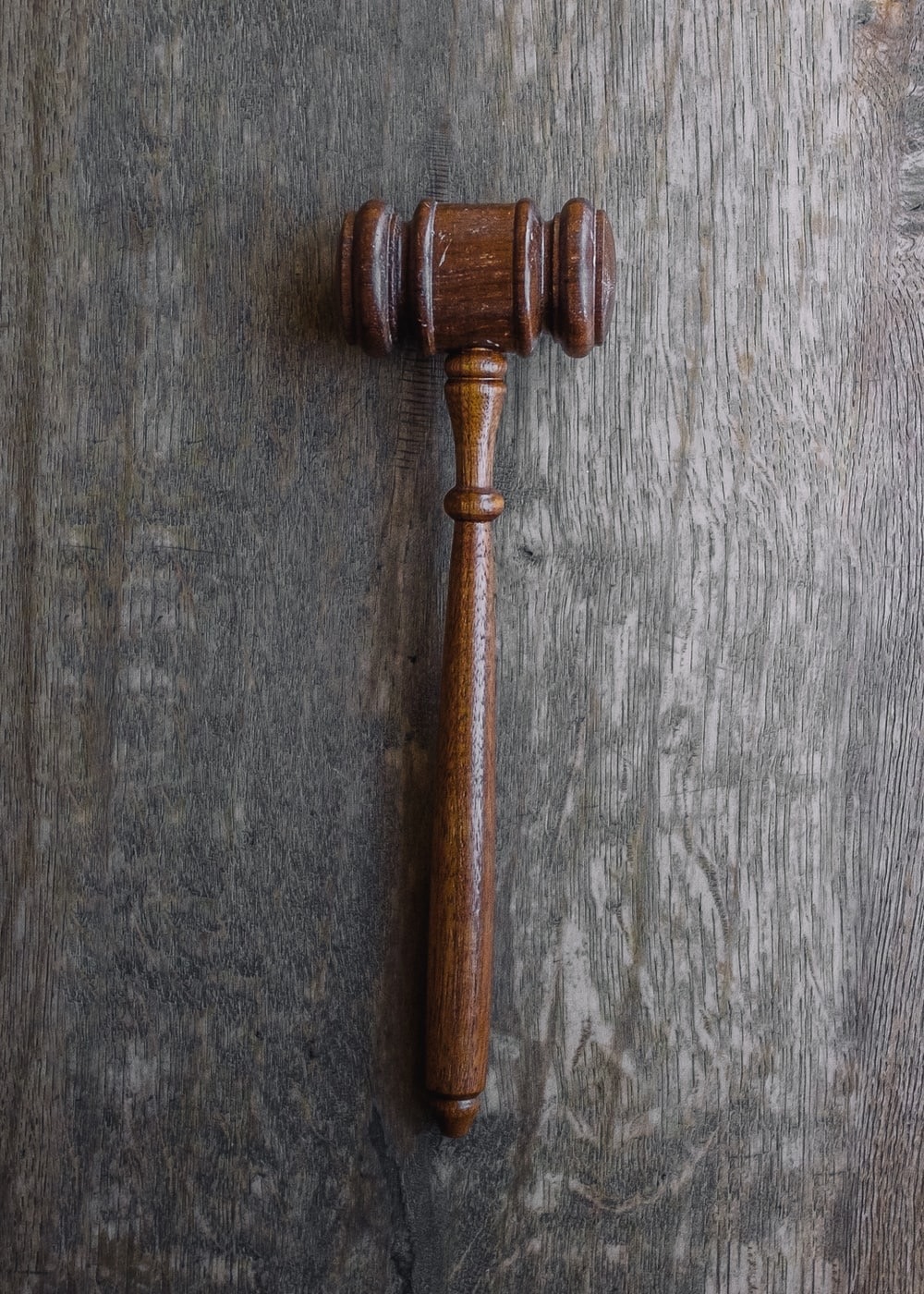
Elder Law Attorneys: A Comprehensive Guide
If you are someone who is taking care of a senior or has an elderly loved one, you should consider working with an elder law attorney. Though you may not expect it, individuals begin to face new and more complex legal concerns as they get older. Actions that may have seemed trivial when they were […]
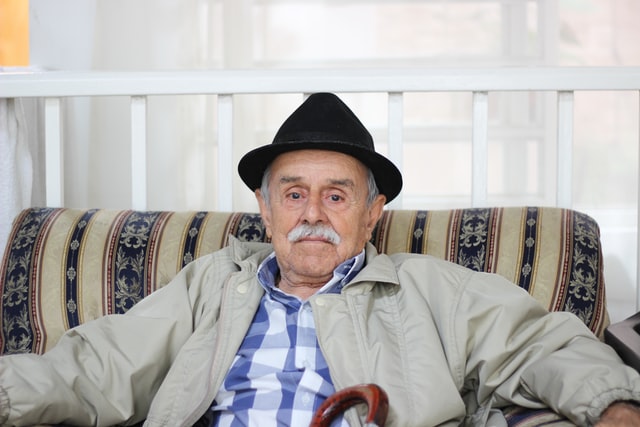
When Is It Time for Assisted Living?
Wondering if it is time for assisted living for your loved one is a common question for caregivers. As a caregiver, you might have been considering the question for months or possibly even years. Your loved one might have declined to continue the discussion as the thought of moving out of their family home and […]
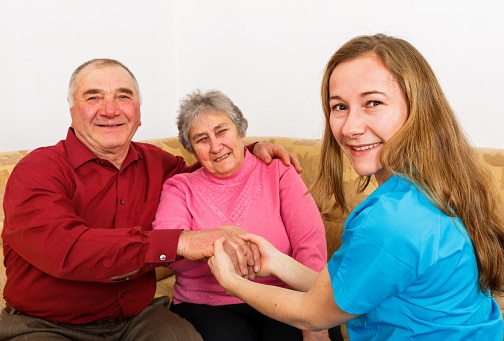
All About Adult Day Care: Community and Costs
Adult day care is a fairly new concept for caregivers. The basic idea is to provide a secure place where seniors can enjoy social activities during the day and be provided nursing care as needed. It’s a hybrid model of eldercare that prioritizes community. At the same time, seniors get help with common custodial tasks […]
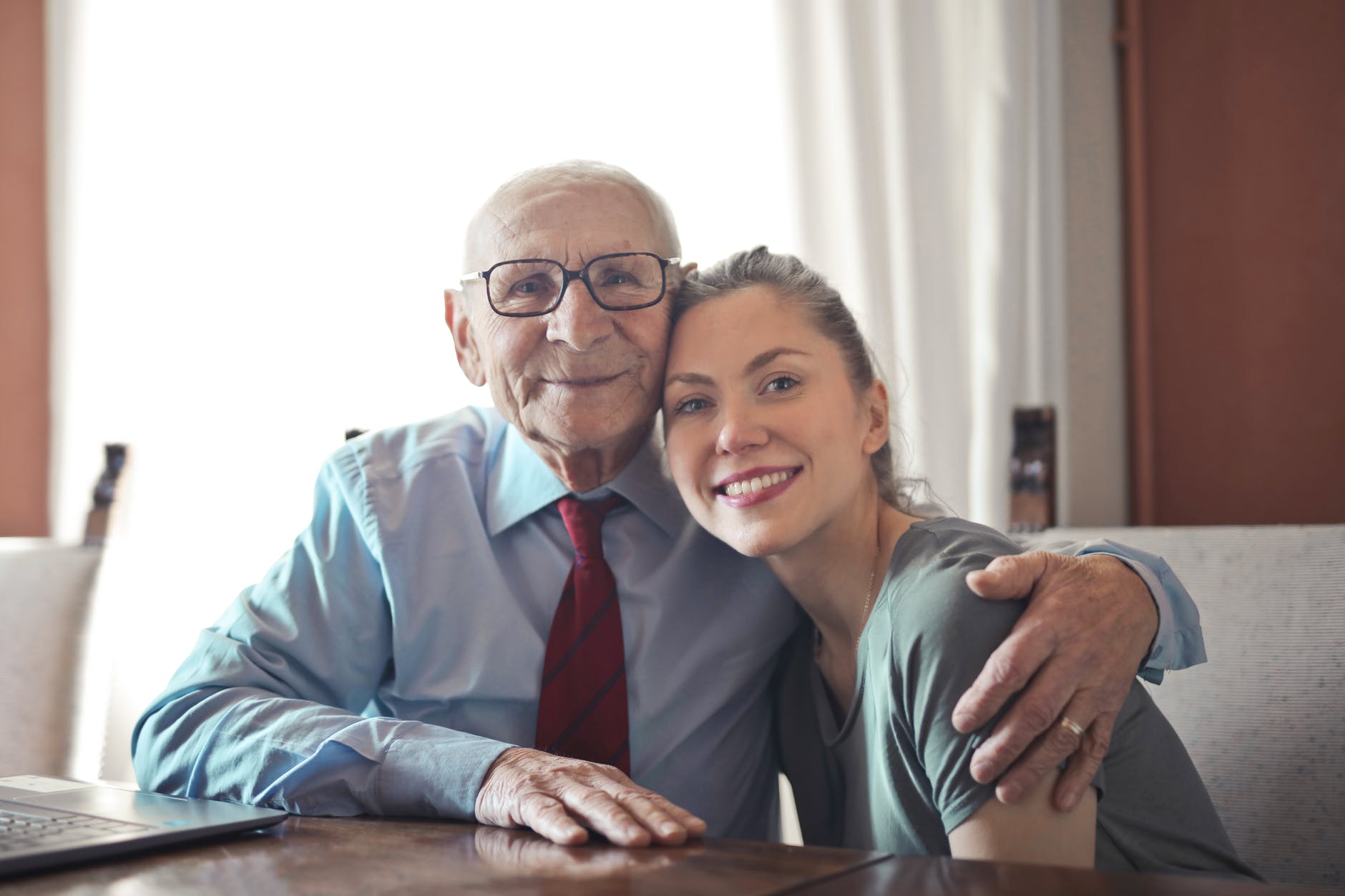
Respite Care: An Overview
Caregiving can be overwhelming at times. That’s why taking a break is essential for recharging your battery. Respite care, also called short break care, is a way for caregivers to get temporary care for their loved ones so they can take some time to rest. Getting this “me time” of respite care can renew the […]
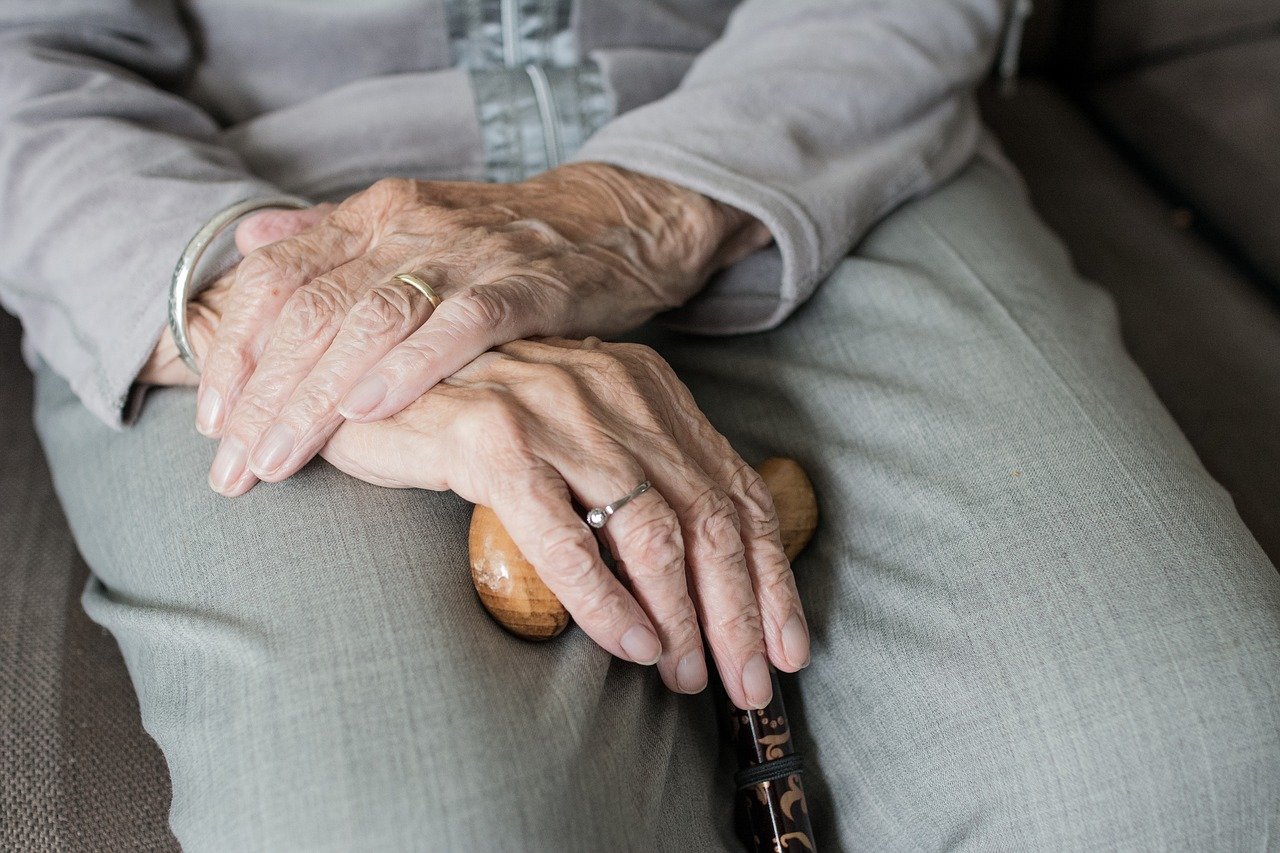
An Overview of Senior Rehabilitation Centers
Recovering from injury or illness in your golden years may take time and support. That’s where senior rehabilitation centers become essential. If you need a temporary stay to recover from injury or illness, senior rehabilitation centers can be the solution to get expert care and daily support. In this article, we’ll give you an overview […]
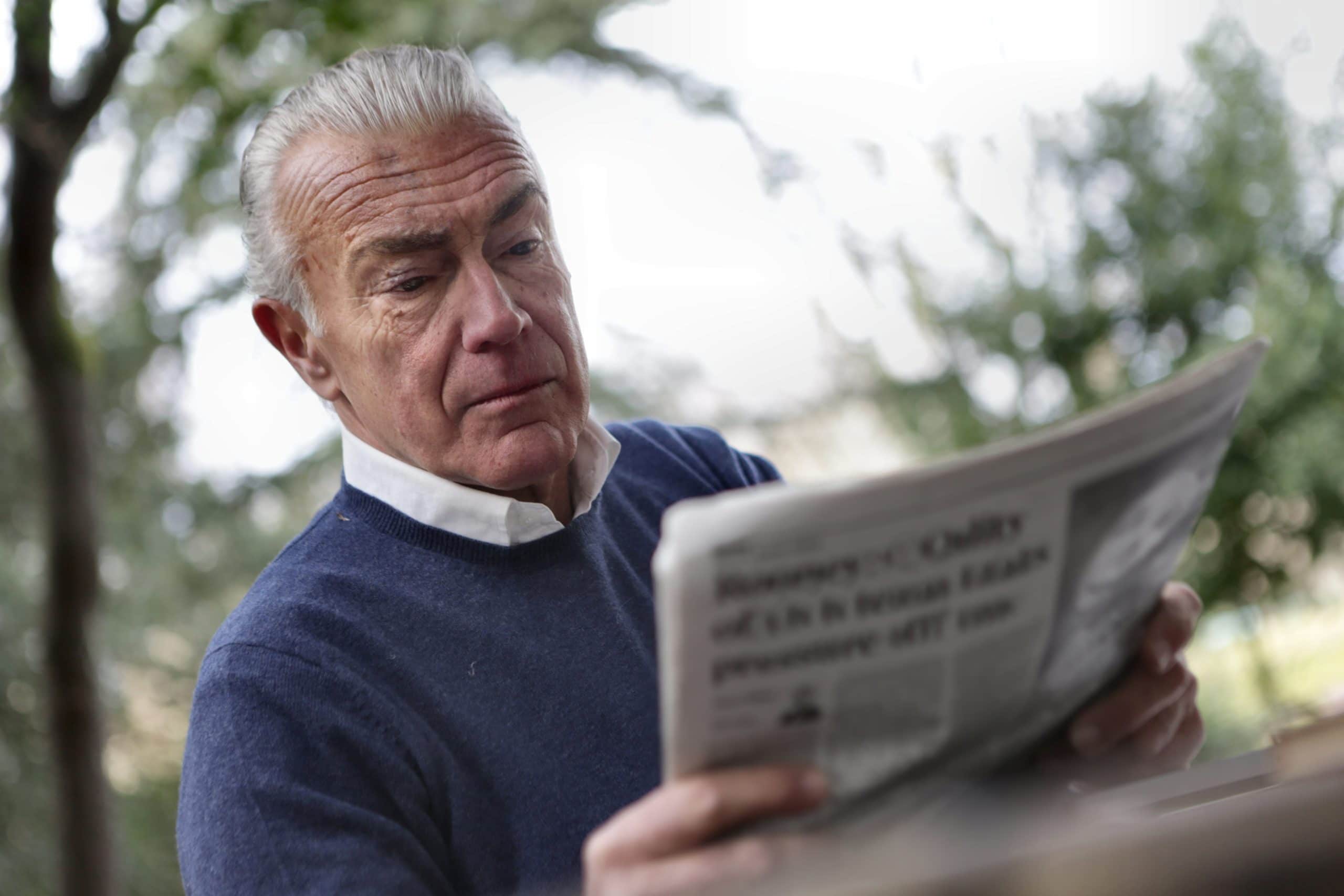
A Caregiver’s Guide to ADLs and IADLs
This article has been medically reviewed by Dr. Martin Duggan in 2021. This content is not intended to be a substitute for professional medical advice, diagnosis, or treatment. Always seek the advice of your physician or another qualified health provider with any questions you may have regarding a medical condition. As a family caregiver, your […]